We’re on a tight deadline to improve our carbon-crunching consumerist habits. Furniture by Design with The Footprint Company has developed a Carbon Calculator that helps us choose products that reduce our projects’ carbon footprints.

Blacktown Workers Club | Pony Design
January 10th, 2022
Did you know that more energy is expended during the manufacture, delivery and assembly of building materials than at any other point during a building’s lifecycle? According to The Footprint Company, data shows that the property and development industry drives over 50 per cent of annual global carbon emissions*.
We need solutions to minimally “halve that” – and within just nine years’ time, says The Footprint Company’s founder and CEO, Dr Caroline Noller.

“Global population and wealth [forecasts indicate] that, theoretically, we will have to double all the buildings on the planet in the next 40 years. And if we continue to build into the future, as we have been building in the past, we are not going to meet the Paris Agreement (1.5 degrees Celsius target),” says Dr Noller.
Much of it comes down to end consumers’ consumption choices, says Dr Noller. The fashion items we purchase, the food we eat – it all has an impact. From architects’ and builders’ perspectives, it comes down to the materials, furniture and fittings chosen for buildings and tenancies. And understanding that the right choices can vastly reduce the embodied carbon intensity of a building, from early design stage.
Sydney-based furniture supplier, Furniture by Design, is passionate about this topic. As an Australian designer and manufacturer of furniture, a lower carbon output has always been part of their offering. The company teamed up with The Footprint Company to better understand the carbon footprint and environmental impact of its products.

“We worked with The Footprint Company, a world leader in carbon counting, to develop our very own in-house Carbon Calculator,” say Grant Hagen and Kevin Adno of Furniture by Design.
The Carbon Calculator has allowed the Furniture by Design team to review and improve the design of its products, looking at the lowest carbon material inputs for the various components it uses.
The Carbon Calculator also offers Furniture by Design’s design clientele with carbon product ‘costings’. “As a collective, having these transparent carbon costs we have the information to make educated decisions based on the best facts at hand, to drive down embodied carbon in the property and construction industry,” say Hagen and Adno.
“Today we can make a choice, even if it’s just one choice – for example, a timber floor over a tile floor, to reduce the carbon footprint of that design up to 60 per cent, per square metre,” states Dr Noller. “There is a real urgency, and that’s why it’s so cool to work with companies like Furniture by Design.”

Making the right design and material choices to reduce the embodied carbon intensity of a product comes down to understanding the impact of the components, says Furniture by Design.
“Our Carbon Calculator helped us understand the impact of the pieces we produce, allowing us to seek recycled content, more efficient design, and local products as a pathway to reducing the footprint of our Australian-made designs.”
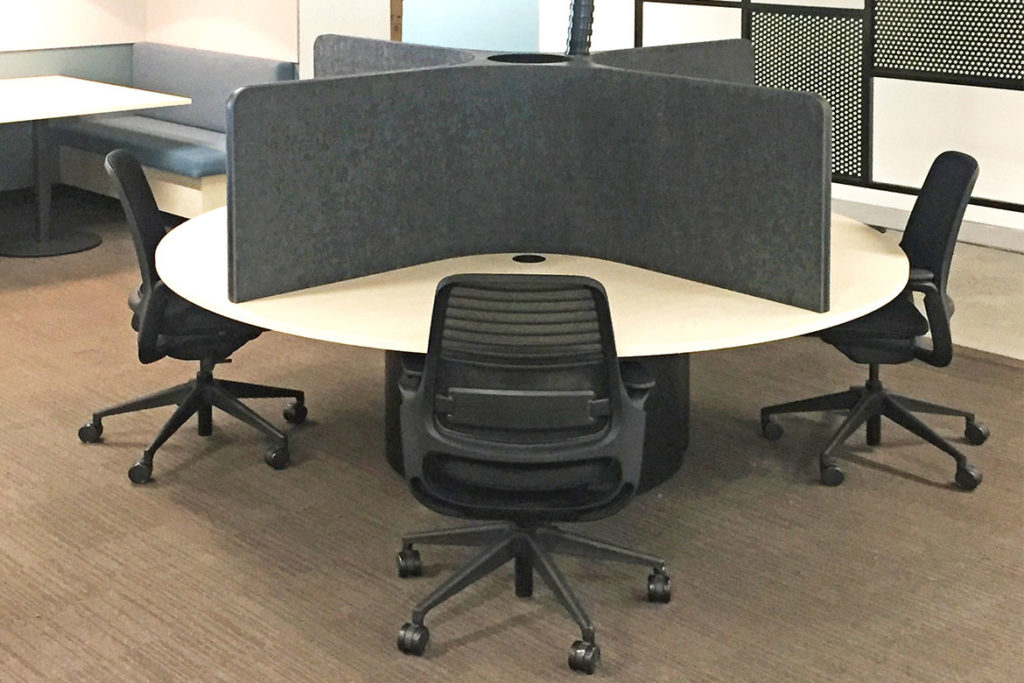
Furniture by Design opts to work with local manufactured steel, Australian MDF, and plywood. “Our plywood seat shells are locally pressed; our foam and fibre is made in Australia. We have our own locally woven collection of five fabrics, on top of offering and using locally milled fabrics from main commercial textile houses,” they say.
On the topic of timbers – Furniture by Design offers low-carbon options of Victorian Ash and Tasmanian Oak, as well as a selection of indigenous timbers sourced from managed old-growth forests. These offer architects, designers and specifiers an excellent carbon-conscious alternative to the popularly imported European Beech and American Oak timbers. Because when you’re opting for local timbers and materials, you’re minimising the transportation involved – which produces carbon.
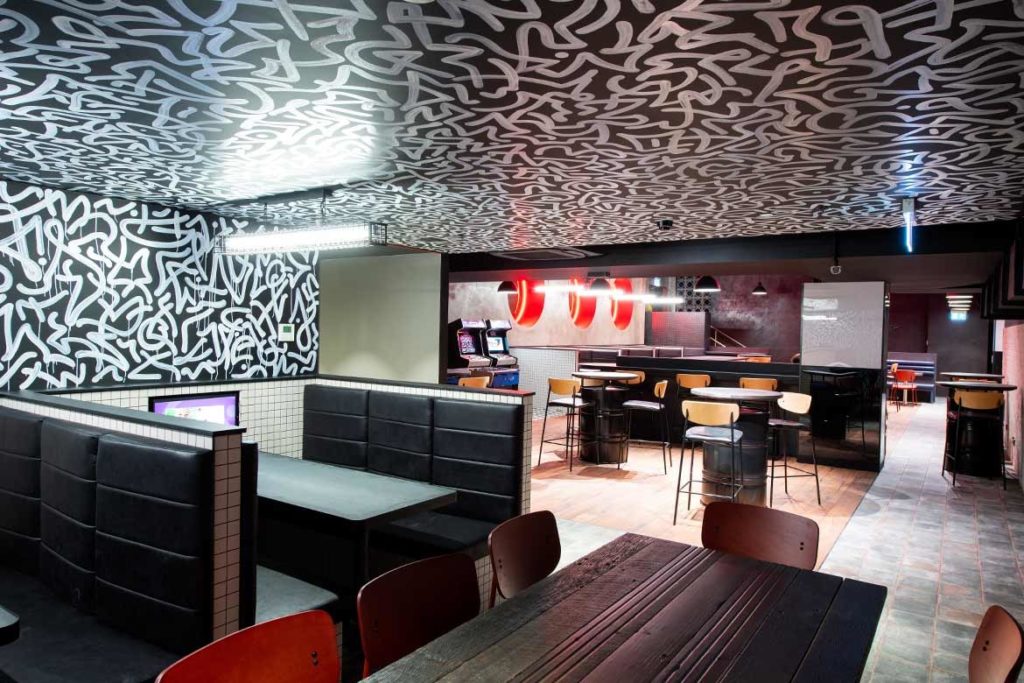
In developing the Furniture by Design Carbon Calculator, the company is not only actively calculating the carbon footprint of each and every one of its products, but providing a useful resource to the design industry at large.
If you’re keen to take control of your project’s carbon footprint, get in contact with Furniture by Design today, to discuss your product options or book a consultation.
*NB: These are IEA and UNEP figures when looking at global emissions by final demand.
Furniture by Design
furniturebydesign.com.au
We think you might like to read about designing for the third space, with Furniture by Design.
INDESIGN is on instagram
Follow @indesignlive
A searchable and comprehensive guide for specifying leading products and their suppliers
Keep up to date with the latest and greatest from our industry BFF's!
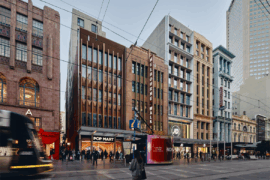
Merging two hotel identities in one landmark development, Hotel Indigo and Holiday Inn Little Collins capture the spirit of Melbourne through Buchan’s narrative-driven design – elevated by GROHE’s signature craftsmanship.
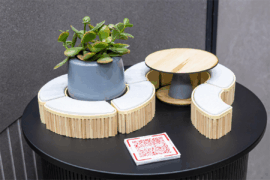
From the spark of an idea on the page to the launch of new pieces in a showroom is a journey every aspiring industrial and furnishing designer imagines making.
A new exhibition at Adelaide’s Gallery on Waymouth is the work of local designer and artist Michelle Giuffreda.
The internet never sleeps! Here's the stuff you might have missed
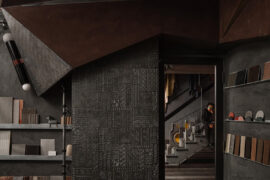
Bangalore studio Multitude of Sins elevates true leftovers — not surplus — into a richly layered workspace where waste materials become narrative, structure and sculptural expression.
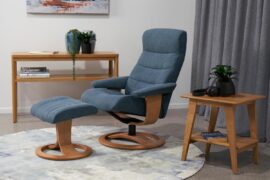
Your main seating can be a stylish centrepiece, not just a functional chair.